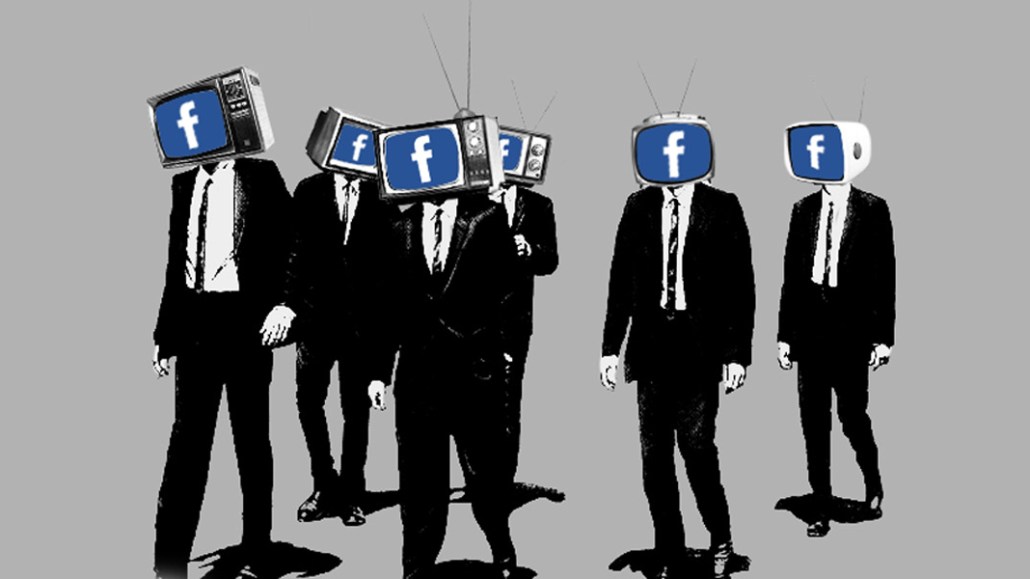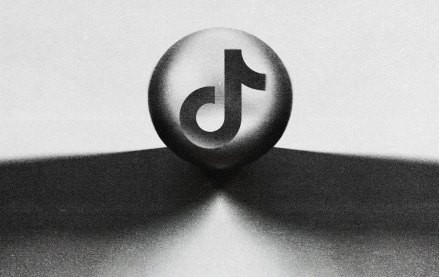
Facebook Watch might have ambitions to take on TV, but many of the successful shows in the video-viewing section still owe a ton of debt to the short, news feed videos that Facebook initially popularized.
Take, for instance, “Destination Debunkers,” a travel show from Insider that is one of 10 Facebook-funded Watch shows so far from Insider Inc. With episodes running between six and 10 minutes in length, the show profiles exotic locations such as an island of 1,000 dogs in Costa Rica or the Blue Lagoon in Iceland. Still, the influence of the short videos that historically worked in the Facebook news feed is apparent in each episode, from striking visuals early on to an emphasis on Facebook-friendly topics.
“When we work with any platform, we’re going to study what’s previously worked on that platform and invest more in that to make it a more prestigious, polished product,” said Nicholas Carlson, chief content officer of Insider Inc. “We’re using the same philosophy here. … There’s a string from the simple, shorter news feed videos that inform how and what we do in longer form [on Watch].”
News feed videos, but longer and more polished
Other publishers on Watch have found that shows that hew closer to what people have come to expect in the Facebook news feed tend to perform better. Tastemade, for instance, has a Facebook-funded show called “Struggle Meals,” a cooking show about meals on a budget. It employs similar tactics to the popular hands-and-pans news feed format with shots of ingredients and dishes, and it has collected 15 million video views across its first season, said Oren Katzeff, Tastemade’s head of programming.
“My theory is that in the first incarnation of Facebook Watch programming, a lot of the shows that did well were shows that felt a lot like what people were doing in the feed anyway, but now five or six minutes long,” Katzeff said.
Tastemade has six Watch shows funded by Facebook, as well as another six Watch shows the company self-funds and distributes on Watch. Katzeff said shows such as “Struggle Meals” and “Food to Die For,” a docuseries that profiles those who risk their lives to catch animals for people’s dining pleasure, closely resemble the type of programming Tastemade is known for on Facebook. Those shows have historically performed better — one episode of “Food to Die For” has 12 million views — than more TV-like episodic programming that Tastemade also distributes on Watch.
This doesn’t mean that more traditional, TV-style projects can’t work on Watch. The Tom Brady-starring “Tom vs Time” had 51.5 million views across its six episodes; the LaVar Ball-starring “Ball in the Family” has routinely grabbed millions of views per episode across its two seasons. Soon, Facebook will debut the scripted drama “Five Points” from producer Kerry Washington. It’s also been pushing Watch partners to produce longer, TV-style programming.
A Facebook spokesperson pointed to these shows and others including “Returning the Favor” as examples of Watch partners doing longer programming. “We’re encouraging partners to program in different ways for Watch,” the spokesperson said. “We will continue to show more videos in news feed that people seek out or return to watch from the same publisher or creator week after week — for example, shows or videos that are part of a series, or from partners who are creating active communities. Over time, we do expect more repeat viewing and engagement for longer, episodic shows to happen in places like Watch.”
News feed is still the biggest traffic driver for Watch
A big reason these news feed-like formats are working is the news feed is still the primary way Watch publishers get people to watch their shows. Katzeff said Facebook encouraged Tastemade to create individual Watch pages for its shows and to promote new episodes through the publisher’s main and vertical brand pages — which it does with every new episode of every new show.
“[‘Struggle Meals’] is a show that naturally fits with the other stuff we are doing in-feed, so it makes sense to promote it there,” Katzeff said.
Facebook is also pumping up Watch programming in its algorithm, according to two publishing execs who asked to speak on background due to potential and ongoing deals with Facebook. One exec said that while the organic reach on his company’s main Facebook account has declined in the past four months, the amount of organic reach on its Watch pages has increased so much that it now has more total reach than pre-Facebook Watch. A second exec with multiple Facebook-funded Watch shows previously told Digiday that whenever his company shares a Watch video through its main Facebook page, the video has triple the reach of standard, non-Watch videos.
“Fundamentally, discovery [for Watch] is still being driven by the news feed,” said David Spiegel, CRO of Inverse, which is distributing two self-funded shows on Watch. “People are getting exposed to videos through news feed promotion, not the Watch tab.”
There’s some evidence for longer watch times on Watch
One of Inverse’s shows, “Your Brain on Blank,” is a science and comedy explainer show hosted by neuroscientist Shannon Odell, who demonstrates what happens to your brain in different states of duress. The series, which has 56.2 million video views across its first five episodes, has an average time spent of 30 seconds per episode. That’s nearly double the 16.7 seconds that Facebook reported last June as the average time spent for videos in the news feed. It’s also higher than the 23 seconds Watch videos were averaging two months after Watch’s launch.
“In Facebook land, 30-second average time spent is strong, and 36 percent sound on, which we do, is huge,” said Spiegel.
Insider Inc. and Tastemade also said time spent on their Watch programming is longer than the time spent on their own typical news feed content. The average minutes watched of Insider’s “Bonkers Closets,” which is one of the top shows on Watch, is 10 times higher than standard Facebook videos published to Insider’s Facebook page during the first season of the show. And Katzeff said Tastemade’s Watch shows are retaining, on average, 70 to 75 percent of its audience beyond the first 30 seconds of the video — and once viewers have watched for 30 seconds, they typically end up watching the full video.
Ultimately, the true success of Watch programming will be driven by whether or not Facebook users are choosing to go to Watch and spend real time with the programming. For Inverse and other publishers, including companies that spend a greater amount of time and attention on YouTube, this means focusing on statistics such as time spent, completion rates and view-through rates.
“We’re not trying to do dumb, three-second scale because it doesn’t mean anything,” said Spiegel.
This article has been updated to include comments from Facebook.
For more from the world of video, subscribe to Digiday’s weekly Video Briefing email.
More in Media

Amid ban uncertainty, TikTok’s role in brands’ social presences has decreased
Even if TikTok finds a path forward in the U.S., brands and agencies that were previously focused on the platform have learned that this approach is vulnerable to the whims of platforms and regulators.

Digiday+ Research: Subscriptions and events gain steam among publishers’ most significant sources of revenue
Direct-sold ads continue to be the dominant source of publishers’ revenue as we move out of the first quarter. But other revenue sources are gaining in importance, particularly subscriptions and events.

Media Briefing: Apple News ad monetization still ‘abysmal’ for some
Publishers still can’t make meaningful ad revenue from Apple News despite its push to sell more ad inventory.







